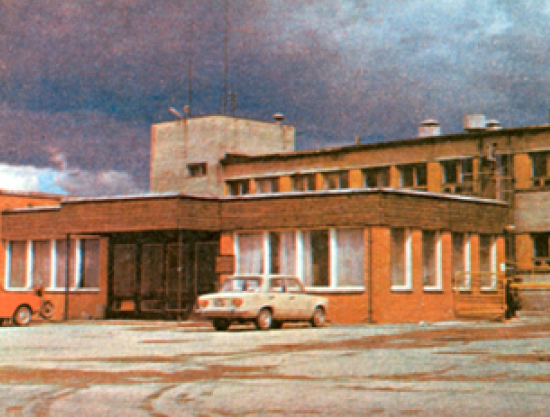About Salvest
Salvest is an Estonian food producer operating in Tartu and is one of the biggest Estonian-based food producers. Since 1946, Salvest has been working to ensure that everyone can prepare our products easily and conveniently, for themselves and their families.
Raw materials that grow within a 100 km radius
We obtain the majority of our raw materials very, very close to us, within a radius of 100 km. Within our 32,000 m2 production facility, warehouse and support unit complex, there are approximately 200 people working in the name of good food, many of whom have been working here for 20–30 years. We stand for continuity and tradition – this is the only way we can be 100% sure about the quality of our products.
Traditional and constantly changing
Salvest’s product range is very broad – pickled cucumbers, sauerkraut, jarred soups, baby food, jams and sauces. And this is still not everything, as in addition to everything else our range also includes smoothies. There are almost 200 different products in our range – quite a few! However, we have been making many of them for decades using one and the same recipe. At the same time, we add new flavours to the range every season. As mentioned above, we greatly value traditions, while also acknowledging that you can never have too much choice and therefore we develop and grow every day. Quality is important to us and this is confirmed by our ISO 9001:2015 quality certification and our IFS International food safety standard certification.

Our mission is to make food that is made with heart, is delicious and makes everyone's day better.
History
2021
2019
2018
2017
2016
2015
2014
2011
2000
1996
1994
1993
1991
1981
1977
1973
1966
1956
1951
1946
2021
In 2021, Salvest celebrated its 75th anniversary.
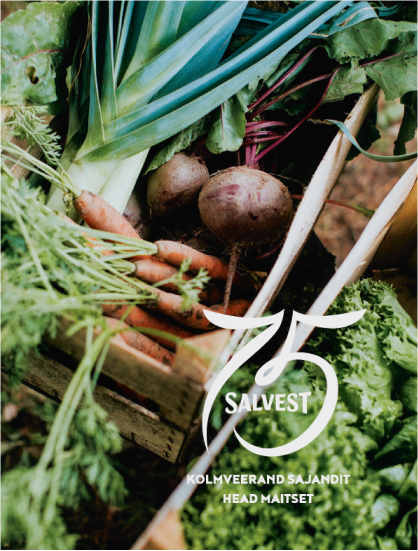
2019
In 2019, new eco soups in pouch packages were launched by Salvest.
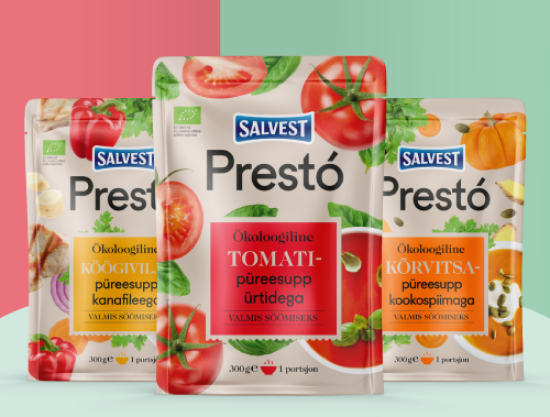
2018
In 2018, Salvest invested in a new pouch-packaging production line, allowing products in the soup category to be brought to market in new packaging. At the same time, the area in Salvest’s warehouse shop was increased by nearly a third.
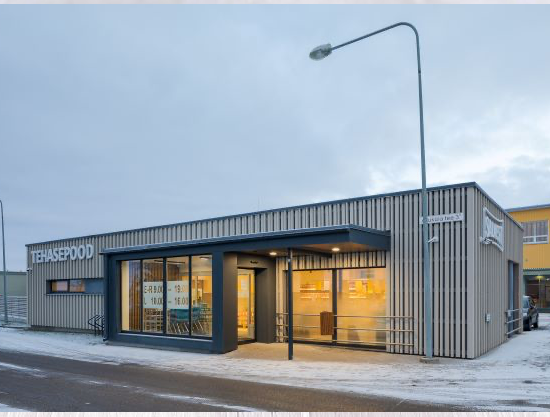
2017
In 2017, Salvest’s eco smoothies were brought to market, and the company’s range of export markets was further expanded.
2016
In 2016, Salvest brought the most tomato-y ketchup in Estonia to market.
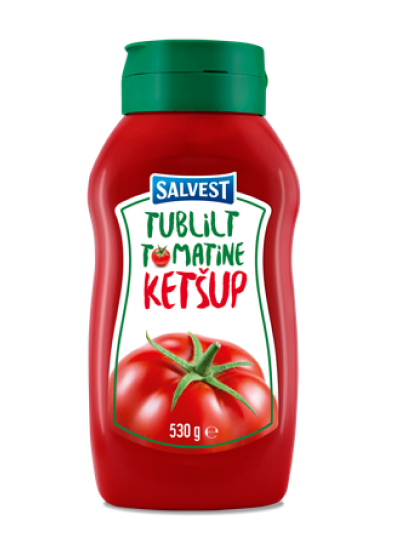
2015
In 2015, a vacuum boiler and bottling line were purchased with the help of support from PRIA. The aim of the project was to create the opportunity to produce homemade ketchup and to enter the market with new products expected by consumers. This in turn allows growth in export capacity.
2014
In 2014, investments were made in the doypack line and a new range of baby food entered the baby food market made from ecological ingredients.
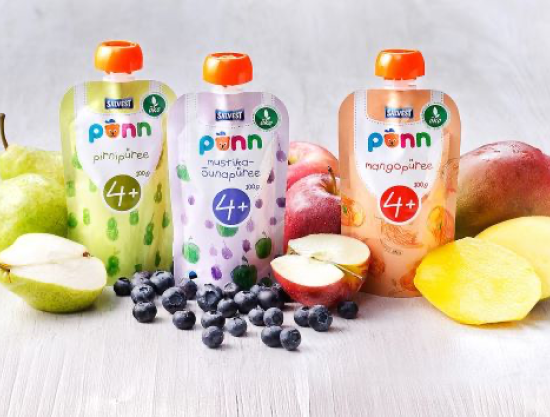
2011
In 2011, new warehouses for raw materials and finished products were completed. The preparation area for raw materials was expanded.
2000
In 2000, AS Salvest became the new business name. AS Salvest is located in the city of Tartu, on an area of 108,297m². The area of the production facility, warehouse and support unit complex totals 32,000m2, and there were 150–160 people working at Salvest, many of whom have been working here for 20–30 years.
1996
In 1996, AS Salvest Tartu Konservitehas was established. In the summer of that year, thanks to friendly connections, a practically new canner was successfully purchased from Finland on very favourable terms, with the help of which a range of different-sized twist-of jars could be canned.
1994
In 1994 on 17 March, 100% of the shares in RAS SÄILIS Tartu Konservitehas were sold by the Estonian Privatisation Agency to AS ALVIKO. In the summer of 1995, two used but more modern LUBECA horizontal rotation autoclaves were purchased from Germany to modernise the preserve sterilisation process. A “twist-off” glass jar lid machine was successfully sourced from Finland.
1993
In 1993, AS Salvest was established by 8 legal and 42 natural persons.
1991
In 1991, RAS SÄILIS was established on the basis of the Tartu Preserves Factory. The so-called second type of RAS SÄILIS and the RAS SÄILIS subdivision, the Tartu Preserves Factory, was registered with the Tartu County Government. In July of the same year, RAS SÄILIS spun off the Viljandi Preserves Factory as a separate legal entity, which was registered on 10 September 1991 as RAS SÄILIS Viljandi Konservitehas.
1981
In 1981, the Tartu Preserves Factory was transferred from the Ministry of Food Industry to the Ministry of Agriculture. In August of the same year, part of the Aardla fruit and vegetable base, which had previously belonged to the Tartu Trade Government, was merged with the factory, adding production capacity of 3,600 tonnes, 13 vegetable stores and a kiosk. The factory also received mandatory retail and wholesale as well as raw vegetable processing plans.
1977
In 1977, a NEW BRAND was developed and approved.
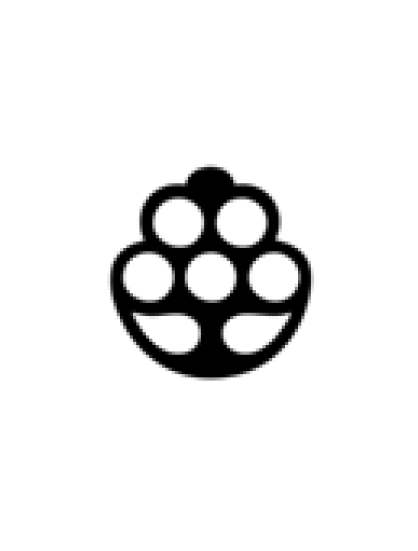
1973
At the beginning of 1973, a new, independent factory shop and production facility for semi-finished products was completed. The factory shop staff were dedicated to the production of fruit and berry juices and purees, salting cucumbers and cabbage fermentation. During this period, aseptic juice preservation technologies were introduced.
1966
In 1966, a new production building was completed and the first baby food production line was imported from Hungary, and baby foods were produced under 11 product names, of which carrot puree is still in production. The first industrially produced baby food in Estonia was produced.
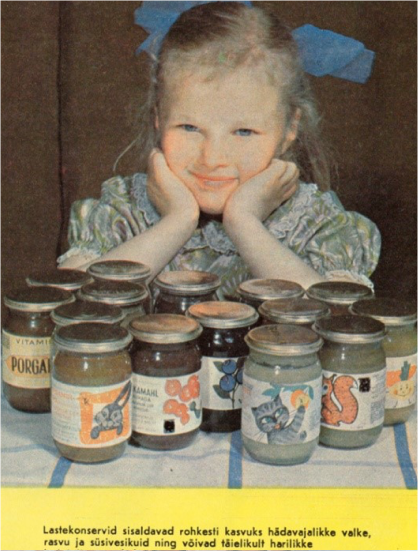
1956
In 1956, the first jar cleansing and labelling machine was installed. Labels no longer had to be applied by hand to jars.
1951
In 1951, the factory was renamed the Tartu Preserves Factory, and began producing airtight sealed food products. The first sealed product, “Mulgi kapsad” (Mulk’s cabbage) is produced.
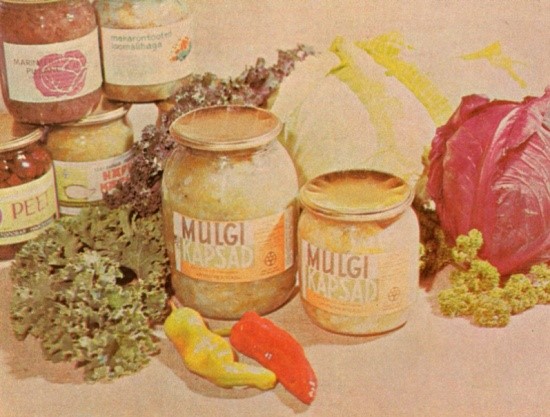
1946
In 1946, the Tartu Fruit and Vegetable Factory began operations, where there were initially 26 workers and the work tools included a pot, a kettle and buckets. Boiled preserves and salted cucumbers and cabbage from the market gardens’ produce were taken by horse-drawn wagons to the Tartu market.
